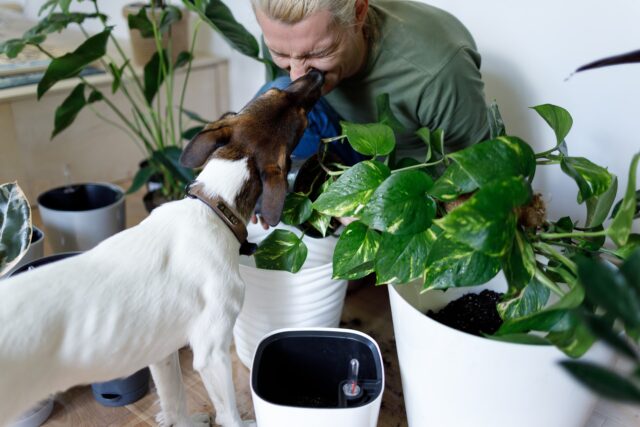
Indoor plants add color, texture, and a welcoming touch in homes and offices. They also purify the air to enhance your health and productivity. These plants, however, do require some level of care to ensure that they blossom and stay alive, which can be achieved through the following techniques.
1. Provide Proper Lighting
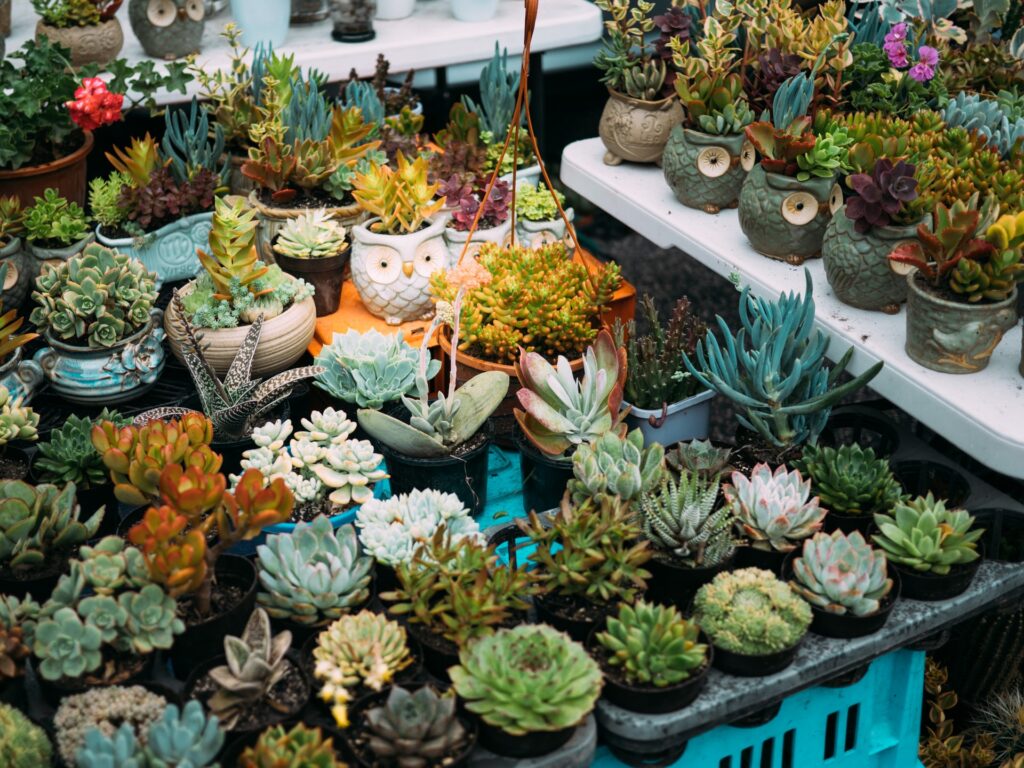
Plants rely on light to create food, which means that they require optimal exposure to sunlight. The most effective way of providing your indoor plants with sufficient sunlight is placing them near the windows. However, it would help if you considered the environment from which your plant species originate. This is a crucial aspect considering that different regions have diverse lighting aspects.
For instance, plants like cacti, succulents, and begonias come from extremely sunny areas. Therefore, you will want to place them near the most sunlit windows in your house to provide them with direct sunlight. Others like cast iron Plant, Boston fern, hoyas, areca palm, heart-leaf philodendron, Swiss cheese, spider plants, calatheas, and marantas should sit further from the windows as they originate from shaded areas.
If your house or office lacks sufficient sunlight exposure, it would be in your best interest to install artificial lighting.
2. Provide the Ideal Amount of Humidity
Many indoor plants, including aroids, English ivy, and orchids, originate from loamy, humid environments, meaning that they rely on moisture to stay lush and green. Such plants are poorly adapted to grow under most indoor environments. Their humidity requirements range between 40 and 60%, higher than the RH levels in most homes. The situation is particularly worse during winter because most people use fireplaces and furnaces to keep warm.
As such, it’s imperative to increase your indoor humidity for the sake of your plants. Below are some viable ideas for this cause:
3. Placing the Plants in Humid Areas
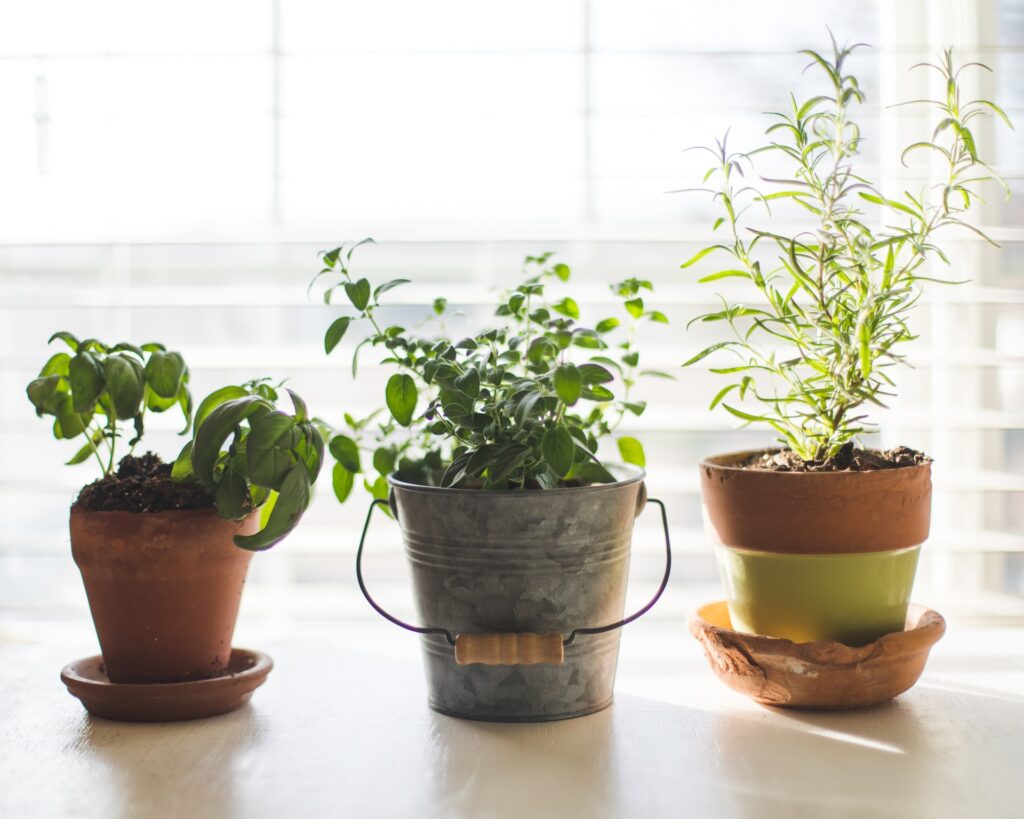
When handling plants whose original regions are too humid, it would be best to place them in or close to the kitchens and bathrooms, rooms whose air is typically moist. Ensure that your chosen room enjoys sufficient lighting.
4. Manual Misting
This involves using a spray bottle to introduce water to the plants directly. Although this method is effective, the results are temporary, and you’ll need to mist the plants repeatedly, which might be quite tedious. This is especially true when many plants are involved.
5. Using a Humidifier
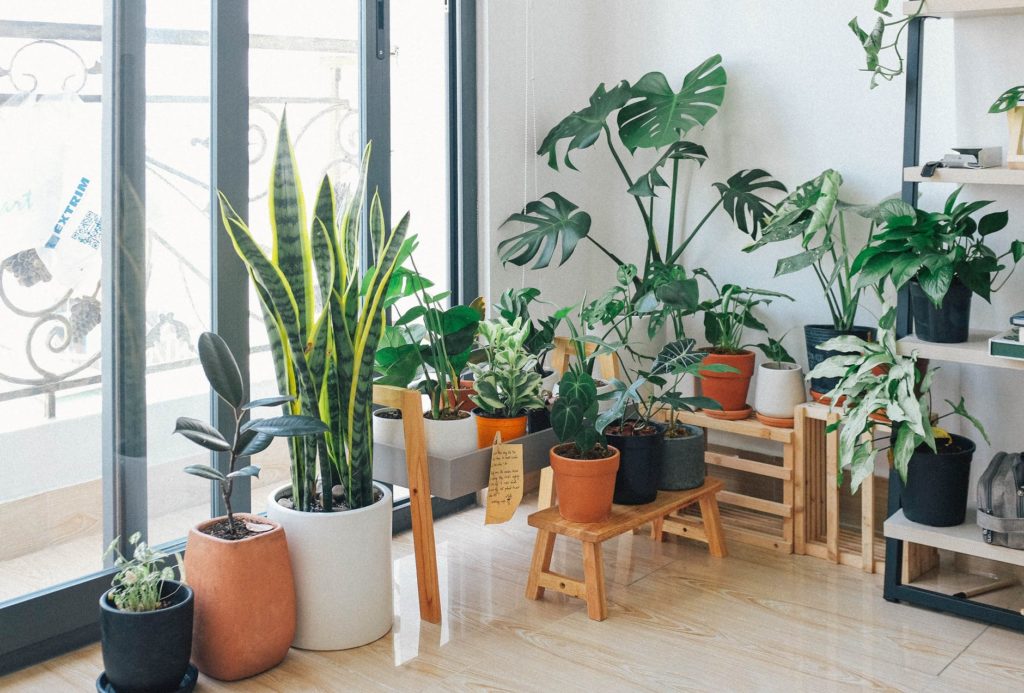
An indoor plant humidifier means a specialized electric device for your home that turns water into mist and disperses it across the room according to the Veranda Interiors blog. These devices will consistently raise your space’s humidity levels; they come with large reservoirs that allow them to produce mist for a prolonged period. Some humidifiers also come with built-in humidistats with which they can be programmed to maintain a particular level of moistness. Others come with timers that command them to operate at specific times during the day or night.
6. Using Pebble Trays
This method is basically a slow solution for maintaining a moist indoor environment for your plants. It involves placing pebbles or gravel on a tray and adding water till they’re partially covered before setting the plants on top. The water should be just below the top of the small rocks. Your room will gain the much-needed humidity as the water in the tray vaporizes.
7. Watering Your Indoor Plants Appropriately

House plants need frequent and thorough watering. You will want to wet the entire root ball; continue watering until water drips off the pot’s bottom. However, do not allow excess water to sit in the soil for more than a day. Instead, allow the wet soil to partially dry before watering again. To determine the right time to water your plants once more, you should inspect the soil’s moisture levels by sticking your finger into the earth. While at it, ensure that your finger goes at least two inches down. If the soil is dry, you may go ahead and water the plants; if not, wait for another day and check again.
You can also determine whether the soil is dry by lifting the pot. The pot will typically be heavy when the soil is still wet and lighter when it’s dry. Also, the soil becomes lighter in color or cracked when dry. Inspect for these signs frequently.
8. Clean the Foliage
Dust accumulates on the leaves of indoor plants over time. The dust layer might block sunlight, reducing or hindering the plants’ ability to create food, thus inhibiting their growth. Also, dust harbors insects, which could lead to diseases and the ultimate death of the plants.
To avoid this, you will want to clean your plants frequently. You may undertake this task by wiping the leaves with a moist towel or taking the plants out and hosing the dust off. You may also run a soft brush over the leaves.
The frequency with which you should clean your plants depends on the amount of dust in your indoor air. Ideally, you should clean the plants more often if your area experiences a lot of wind. Regular cleaning is also required if you live close to a dirt road. A more straightforward method for determining when your plants require washing involves rubbing your fingers on the leaves; consider cleaning the plants if you feel or see dust. While at it, remember to clean the pot with a wet sponge or white vinegar, especially when salt or water minerals form a white layer on its surface.
9. Trimming the Houseplants
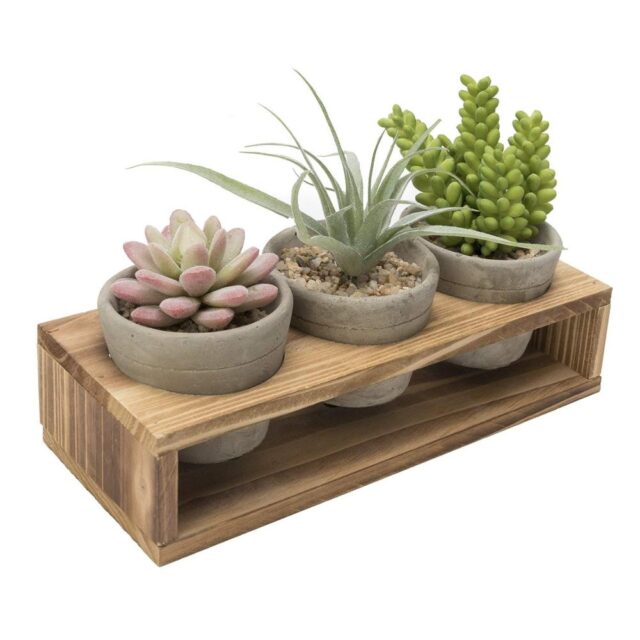
Pruning is an essential aspect of maintaining beautiful and healthy indoor plants. This procedure involves removing weak or dead leaves, stems, and flowers, which would otherwise drain your plants’ energy and encourage pest and disease infestation. Pruning also helps remove overgrown branches or cut back on leaf growth, creating an excellent shape, and rendering your plants more attractive.
While pruning your plant, you must use sharp scissors for the effective removal of resistant stems and leaves. Never pull out resistant leaves or branches as you may cause irreversible damage to the entire plant.
Follow the leaves’ natural contour to ensure that your plants look normal after pruning.
The Bottom Line
Most indoor plants are easy to grow, but they require a lot of care to survive and blossom. The trick to growing healthy indoor plants involves mimicking the climatic conditions of the plants’ origin. Water and light are the most crucial elements when looking to keep your plants alive. Humidity, cleanliness, and maintenance are also critical to the plant’s overall health. Cleaning and pruning will also go a long way in keeping your plants free from diseases and pests.







